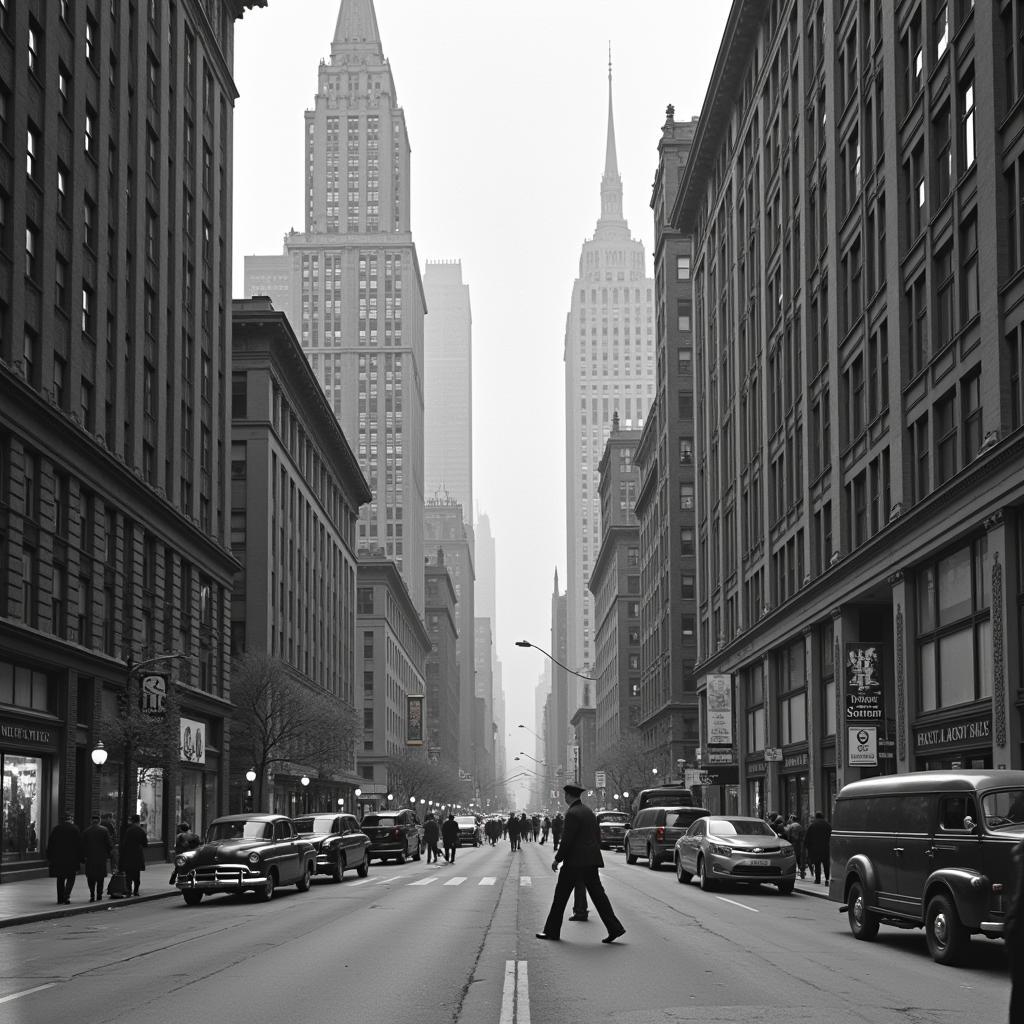The invention of the elevator, a seemingly simple contraption, has had a profound and lasting impact on society. It revolutionized the way we build and inhabit cities, shaping our urban landscapes and social interactions in ways we often take for granted. This seemingly simple device, capable of vertically transporting people and goods, has played a pivotal role in shaping the modern world.
From Humble Beginnings to Urban Transformation: How Did the Elevator Impact Society?
Before the advent of safe and reliable elevators, buildings were limited in height by the number of stairs people were willing to climb. This constraint meant that cities were sprawling and crowded, with limited space for growing populations. how did the elevator impact society
The introduction of the elevator in the mid-19th century, pioneered by Elisha Otis and his groundbreaking safety brake system, removed this limitation. Suddenly, it became practical and desirable to build upwards, giving rise to the skyscraper and forever changing the face of our cities.
 Early skyscrapers transforming the urban landscape
Early skyscrapers transforming the urban landscape
The Rise of Vertical Cities: Exploring How the Elevator Helped Society
The elevator’s impact extended far beyond just architecture. It fundamentally altered the way we live and work. The ability to move large numbers of people vertically with ease allowed for greater population density, leading to the development of bustling urban centers.
This concentration of people and resources fostered economic growth, innovation, and cultural exchange. The elevator became the backbone of modern cities, facilitating the movement of millions of people daily and shaping the rhythm of urban life.
Social Implications: Elevating Society Through Vertical Mobility
The impact of the elevator on society extends beyond its physical implications; it has had a significant social impact as well.
- Democratization of Space: Elevators made upper floors accessible to everyone, regardless of physical ability. This accessibility challenged the traditional social hierarchy, where the wealthy occupied the more desirable upper levels.
- Changing Social Dynamics: The close proximity within elevators fostered interactions among people of different backgrounds, contributing to a more integrated and diverse urban society.
- Increased Efficiency: The elevator’s speed and efficiency made it possible to move people and goods quickly, saving time and increasing productivity.
 Commuters riding an elevator in a modern office building.
Commuters riding an elevator in a modern office building.
A Look to the Future: The Elevator’s Continuing Impact
The elevator continues to evolve with technological advancements. From faster and more efficient systems to innovative designs that incorporate sustainability and accessibility, the elevator remains an essential element of modern life.
“The elevator’s impact on society is a testament to the power of human ingenuity to solve practical problems and in doing so, to reshape our world,” notes Dr. Anna Lee, an urban planning historian. “It’s a reminder that even seemingly simple inventions can have profound and far-reaching consequences.”
Conclusion
The question of “How Did The Elevator Help Society?” goes beyond a simple answer. This invention sparked a chain reaction of advancements that continue to shape our world. From the towering skylines of our cities to the way we interact with our built environment, the elevator’s impact is undeniable. It stands as a powerful symbol of human ingenuity and its ability to elevate not just our physical surroundings but also our social structures and possibilities. As we look to the future, the elevator will undoubtedly continue to play a pivotal role in shaping our cities and our lives.